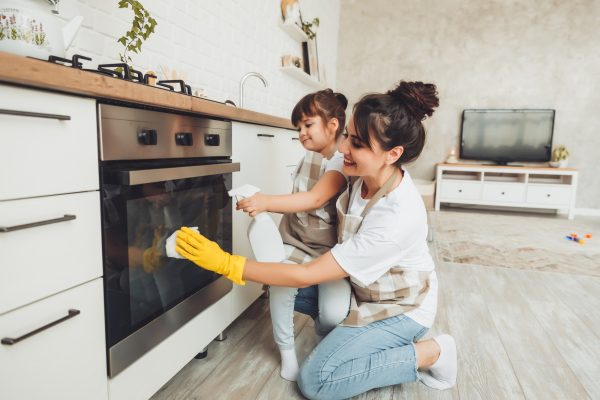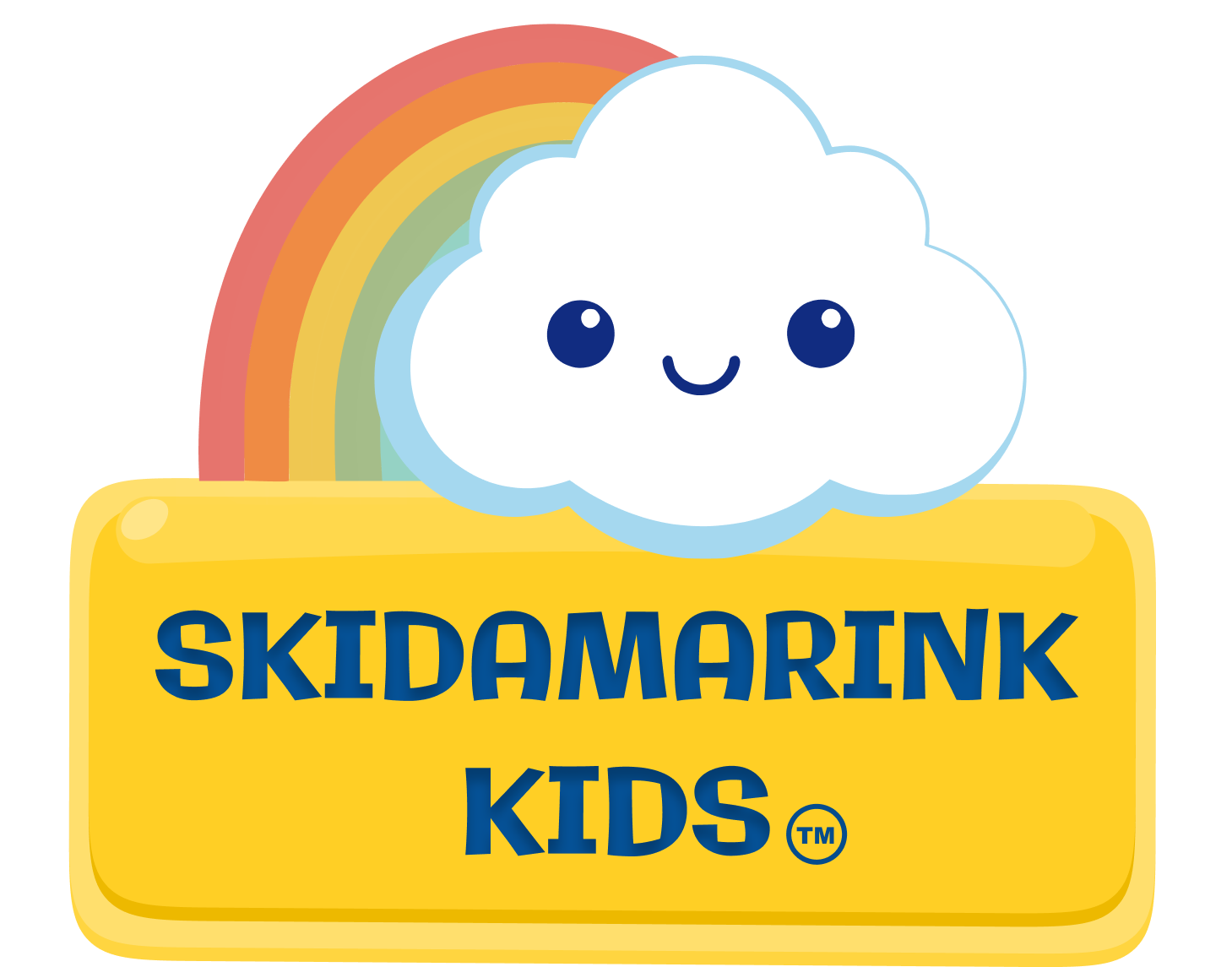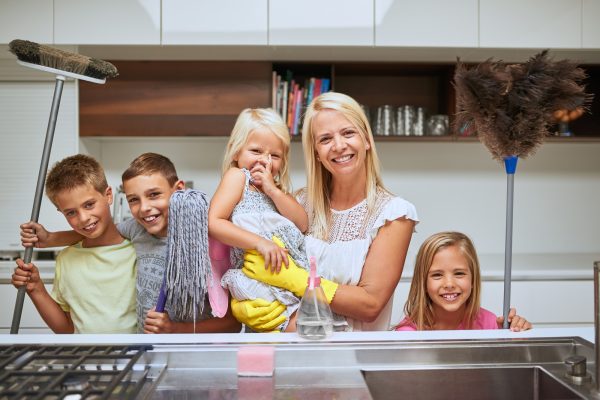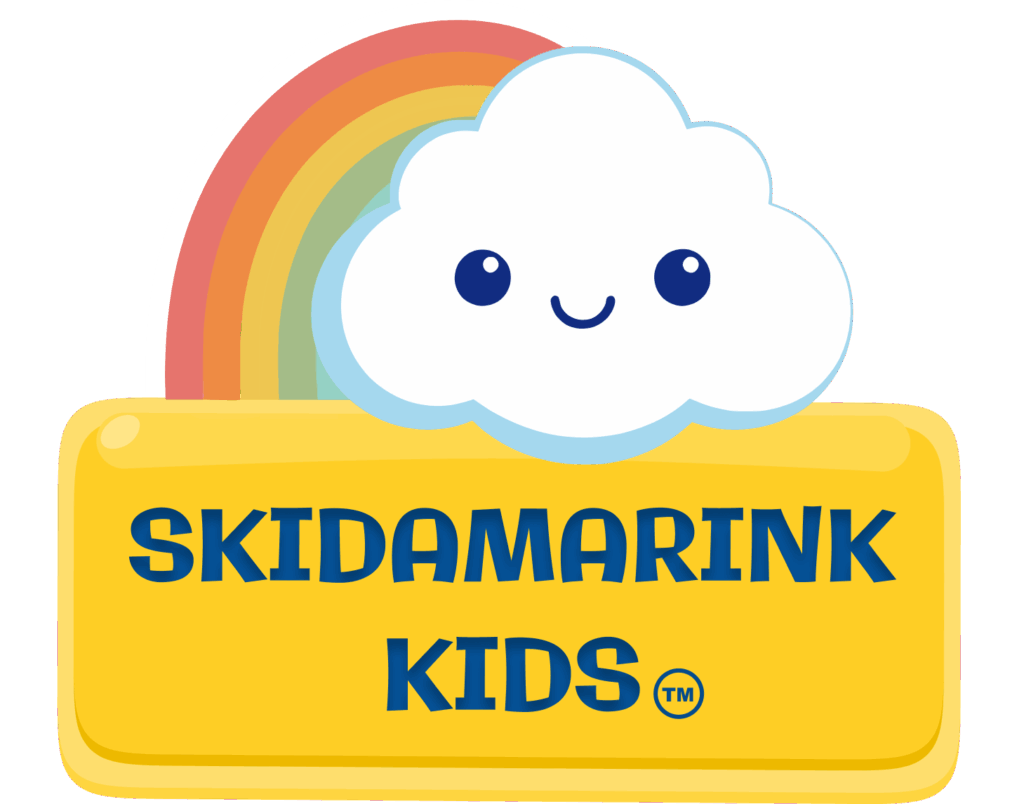Turn Cleaning Time Into Character Building Moments Your Family Will Love
Learning how to teach kids to clean builds essential life skills while creating helpful family contributors. When children learn cleaning early, they develop better organizational habits and take pride in their living spaces. These skills create independence that serves them throughout their lives, and honestly, it makes your daily routine so much smoother too. The key is knowing how to teach kids to clean in ways that feel positive and meaningful for everyone.
Finding Joy in Caring for Our Home
Here’s something beautiful about when you teach kids to clean. When we help our children see cleaning as a way to care for the home God has given us, it transforms everything. Instead of just picking up toys because we have to, we’re showing gratitude for the gifts we’ve been blessed with. When we teach kids to clean their rooms, we’re helping them learn to be good stewards of what they have.
This perspective helps children understand that taking care of our home is actually an act of love and thankfulness. Organizing becomes a way to honor the space where our family grows and connects. When kids see cleaning as caring rather than just another task, it becomes so much easier to teach kids to clean with joy instead of resistance.
How to Teach Kids to Clean at Different Stages
Children develop cleaning abilities gradually through different stages, and knowing this makes it easier to teach kids to clean successfully. First, beginners can handle simple tasks like dusting baseboards and putting items in designated bins. They also excel at wiping surfaces and matching similar items together.
Next, intermediate learners can manage basic vacuuming with lightweight equipment. They can wash windows at their height level and organize spaces systematically. Simple sorting tasks become manageable at this stage, which is exciting for both kids and parents when you teach kids to clean.
Finally, advanced cleaners can handle room organization independently. They can complete multi step cleaning processes and work without constant supervision. At this point, they develop real confidence in managing their personal spaces, and you’ll see that pride light up their faces.
The Simple Seven Step Method to Teach Kids to Clean
Effective cleaning instruction follows a proven process that makes it much easier to teach kids to clean. First, show the complete task from start to finish. This overview helps children understand the end goal. Then, break complex tasks into smaller, manageable steps that don’t feel overwhelming.
Next, demonstrate each step clearly while explaining the process. Practice together initially to build confidence and correct technique. Provide gentle guidance as children work independently, remembering that learning takes time when you teach kids to clean.
Allow increasing independence as skills develop. However, continue offering feedback and support when needed. Finally, give specific feedback about what children did well and areas for improvement. This approach really works when you want to teach kids to clean effectively.
Creating Helpful Visual Supports
Picture sequences work exceptionally well for teaching kids cleaning tips. Children can reference these guides independently when they forget steps. Task cards provide quick reminders for specific cleaning activities, which reduces those constant questions about what to do next.
Consider creating photo guides showing:
- Before and after room pictures that show the goal
- Step by step cleaning sequences they can follow
- Proper tool usage and demonstrations
- Organization systems for toys and belongings
Visual supports reduce frustration and increase independence. They help children remember expectations without constant adult reminders, which honestly saves your sanity too.
Age Appropriate Cleaning Responsibilities
Young children can start with simple household cleaning for kids that matches their abilities. For example, they can dust low surfaces with microfiber cloths. They can wipe up spills and put toys in designated containers. These tasks help them feel genuinely helpful.
As children grow, expand their cleaning responsibilities gradually. School age children can vacuum small areas and clean mirrors. They can also organize their bedrooms and maintain personal spaces independently, which builds real confidence.
Remember that each child develops differently when you teach kids to clean. Some may master cleaning tasks earlier, while others need more time and practice. Adjust expectations based on individual abilities rather than age alone. Patience here makes all the difference.

Making It Fun When You Teach Kids to Clean
Transform cleaning time into fun family activities that everyone actually enjoys. First, play upbeat music that makes work feel lighter. Create cleaning games with timers and friendly competitions. Using the phrase Little Helper Tasks instead of chores goes a long way toward changing attitudes.
This positive framing helps children understand that helping is about caring for each other and working together as a team. When you teach kids to clean with this mindset, resistance drops dramatically.
Offer choices whenever possible to give children control over their tasks. For example, let them choose which room to clean first or which cleaning tool to use. Work together as a team to build connection during cleaning time.
Celebrate completed tasks with enthusiasm and specific praise. Focus on effort and improvement rather than demanding perfection immediately. This approach makes cleaning skills for children develop naturally.
Building Cleaning Routines That Stick

Establish consistent cleaning times that become natural habits. Daily quick cleanups work better than overwhelming weekly sessions. Additionally, connect cleaning tasks to existing routines like bedtime or after meals.
Use picture checklists to help children remember routine cleaning tasks. Provide right-sized tools that children can handle comfortably. Furthermore, give clear instructions and realistic expectations for each cleaning session.
Create routine times for different cleaning activities. For instance, toy cleanup might happen before dinner, while room organization occurs on weekends. Consistency here really pays off long term when you teach kids to clean.
Troubleshooting Common Cleaning Challenges
When children resist cleaning tasks, make activities more playful and engaging. Offer choices about which tasks to complete first. Work alongside children to provide support and connection, which often solves resistance issues immediately.
Keep cleaning sessions short to match children’s attention spans. Celebrate effort rather than demanding perfect results immediately. Remember, you’re teaching children responsibility, not training professional cleaners.
Quality issues are completely normal during the learning process. Focus on teaching specific cleaning skills rather than criticizing results. Show proper techniques again patiently and practice together regularly. This patience when you teach kids to clean creates long term success.
Try a “First, Then” approach. This positive parenting strategy works like magic. State task child is to complete before they get to enjoy a preferred task. Use short phrases and give them time to process. Examples: “pick up 5 toys, then you can have snack”. Be consistent and help as needed without giving in.
Tools to Help Motivate Your Child
Do you want an easy way to track cleaning tasks and use a motivating reward system? The The Tantrum Tamer App has a Little Helper tool that allows your child to earn Kid Koins for cleaning and self care skills.
With customizable features you can add your own Shop Items that will interest your child. The best reward is usually your attention, so we have some free reward ideas already in the App for you! Click on the above link for more details and download today!
Want a Chore App that has motivating rewards and makes your life easier?
The Tantrum Tamer App has a customizable Helper Hero tool and Shop to track and reward your child’s independence—from simple self-care tasks like brushing teeth and getting dressed to age-appropriate chores like cleaning their room and helping with dinner.
The best part? Rewards don’t have to cost a thing!
Customize your shop with meaningful rewards like extra one-on-one time with you, choosing dinner, or extra park time. Your child earns Kid Koins for completing tasks independently, then “shops” for rewards they’ve earned. This teaches responsibility, delayed gratification, and independence—while building the neurological pathways for self-regulation.
But that’s not all! Tantrum Tamer is your complete parent support system with:
- Voice prompts that take the guesswork out of what to say in tough moments
- Daily scheduler to meet your child’s needs proactively
- Transition tools that make daily routines smooth
- Breathing animations and calming corner designer
- Tools to playfully correct and positively praise
Transform chaos into calm. Build the neurological foundation for happy, capable, self-regulated kids.
Learn More & Download Today!

Pro Tips for How to Teach Kids to Clean Successfully
Start with one new cleaning task at a time to avoid overwhelming children when you teach kids to clean. Be consistent with expectations while remaining flexible about methods. Focus on building confidence through small successes that build momentum.
Allow natural learning curves and stay patient during the teaching process. Make cleaning feel important by explaining how it helps the whole family. Remember that teaching life skills takes time and consistent practice.
Provide specific praise for good cleaning habits. Instead of general comments, say things like I noticed how carefully you organized your art supplies or You did an excellent job wiping the table completely clean. This specific feedback really reinforces learning.
With patient instruction and consistent practice, children can master cleaning tasks that serve them throughout their lives while contributing meaningfully to their families. When you know how to teach kids to clean effectively, everyone benefits from a more organized, peaceful home.
Want to Learn Which Chores are Right for Your Child and How to Motivate Your Child?
Check out our companion blogs, “Age-Appropriate Chores for Kids: Building Life Skills Early” and “How to Motivate Kids to Do Chores: Fun Strategies That Work”.
If you want a great resource on positive parenting solutions, check out this book by Amy McCready, “If I Have to Tell You One More Time…: The Revolutionary Program That Gets Your Kids To Listen Without Nagging, Reminding, or Yelling”
– Kendra




